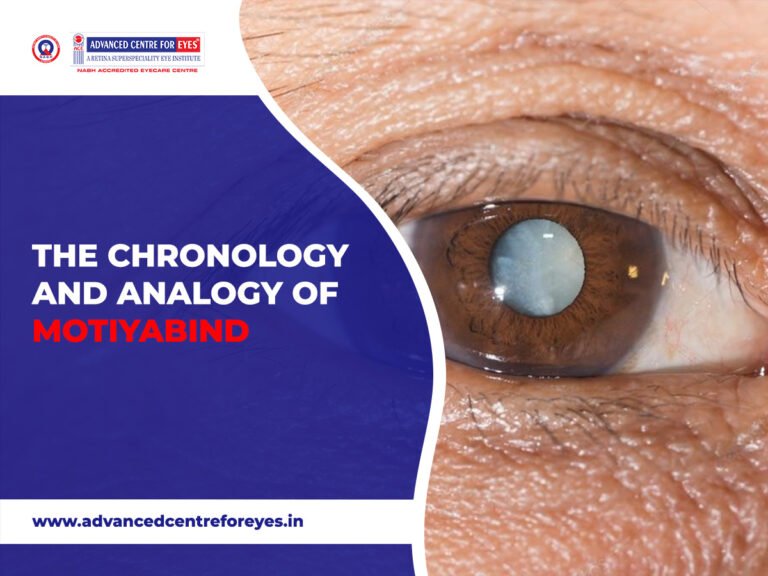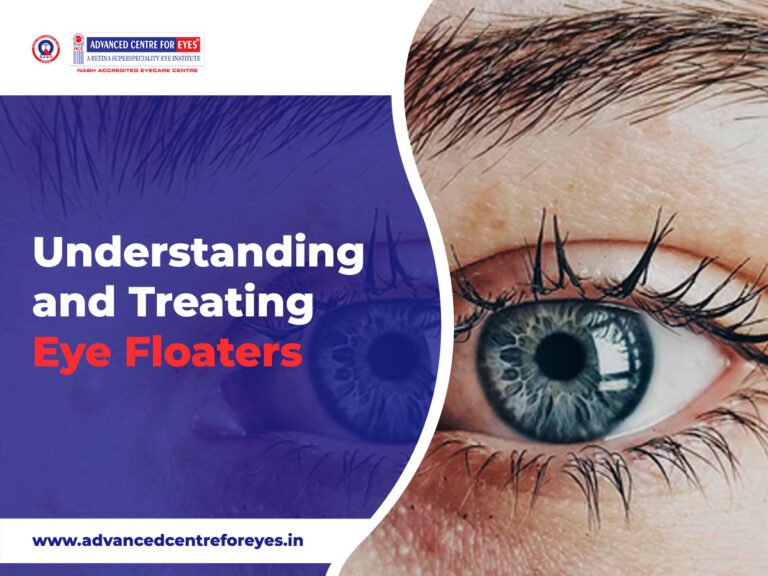Finding the Right Cataract Surgery for Crystal Clear Vision
Finding the Right Cataract Surgery for Crystal Clear Vision
Finding the Right Cataract Surgery for Crystal Clear Vision
Cataracts are a common eye problem, especially as people get older. They make your vision blurry as if you are looking through a foggy window. Luckily, doctors can help by performing a surgery that removes the cataract.
But did you know there are different types of cataract surgeries? Yes, and in this blog, we will talk about these surgeries, so you can understand which one might be right for you. We will also mention the top eye specialist in Ludhiana to help you get the best care for your eyes!
What is a cataract?
Before we dive into the types of surgeries, let’s first understand what a cataract is. A cataract forms when the lens of your eye becomes cloudy. The lens is the part of the eye that helps focus light, or an image, on your retina. Your retina is the part at the back of your eye that sends signals to your brain about what you are seeing. When the lens becomes cloudy, the light can’t pass through easily, making your vision blurry.
Cataracts are usually caused by aging, but they can also happen due to an injury, diabetes, or too much sun exposure. If you have cataracts, don’t worry—there are safe and effective surgeries available that can help.
Different Types of Cataract Surgery
Cataract surgery is a procedure where the cloudy lens of your eye is removed and replaced with a clear artificial lens. This helps improve your vision and allows you to see better. But did you know there are several types of cataract surgery in ludhiana? Let’s explore them one by one.
1. Phacoemulsification (Phaco)
This is the most common type of cataract surgery and is often recommended by the top eye specialist in Ludhiana. In this surgery, the doctor makes a small cut in your eye and uses a device that sends out ultrasound waves to break the cloudy lens into tiny pieces. These pieces are then gently removed from the eye. After that, the doctor places an artificial lens called an intraocular lens (IOL) to replace the cloudy one.
Phacoemulsification is popular because it is quick and doesn’t need stitches. The recovery time is fast, and people can usually go back to their normal activities in a few days.
2. Extracapsular Cataract Surgery
Extracapsular cataract surgery is another type of cataract surgery, but it is often used when the cataract is very advanced, and the lens is too cloudy for phacoemulsification. During this surgery, the top eye specialist in Ludhiana will make a larger incision to remove the cloudy lens in one piece. Then, just like in phaco surgery, the doctor will replace the cloudy lens with an artificial one.
This type of surgery takes longer to heal because of the larger incision, and you may need stitches. However, it is very helpful for people with more severe cataracts.
3. Intracapsular Cataract Surgery
This type of cataract surgery is less common nowadays but may still be used in some cases. In intracapsular surgery, both the lens and the capsule holding the lens are removed. After removing the lens, an artificial lens is placed either in front of or behind the iris, the colored part of the eye.
This surgery is not performed as frequently because newer methods like phacoemulsification are safer and have shorter recovery times. However, in some rare cases, the best cataract surgeon in Ludhiana might choose this method depending on the condition of your eye.
What is an Intraocular Lens (IOL)?
Now that we know about the different types of cataract surgery, let’s talk about the artificial lens used in these surgeries. The artificial lens placed in your eye during surgery is called an intraocular lens (IOL). There are several types of IOLs, and the top eye specialist in Ludhiana can help you choose the best one for your needs. Let’s look at the different types of IOLs.
1. Monofocal IOL
A monofocal IOL is the most common type of lens used in cataract surgery. It provides clear vision at one distance, either near, far, or intermediate. Most people choose a lens that helps them see clearly at a distance and then wear glasses for reading or doing close-up tasks.
2. Multifocal IOL
A multifocal IOL provides clear vision at different distances, both near and far. This means you might not need glasses as much after surgery. However, some people find it takes a while to adjust to these lenses, and they may see halos or glare around lights at night.
3. Toric IOL
If you have astigmatism, a condition where your eye is not perfectly round, a toric IOL can help correct your vision. This lens is specially designed to correct both cataracts and astigmatism at the same time. With a toric IOL, your vision can be clearer without the need for glasses.
4. Accommodative IOL
An accommodative IOL is designed to move inside your eye and adjust to different focusing needs, just like your natural lens. This type of lens can help you see at multiple distances, and you may not need glasses after surgery. However, these lenses are more expensive than other types of IOLs.
Which Cataract Surgery is Right for You?
So, which cataract surgery is right for you? The answer depends on several factors, such as the condition of your eye, the type of cataract you have, and your overall health. The best cataract surgery in Ludhiana will help you decide which surgery is best for your specific needs.
If your cataracts are mild and you are looking for a quick recovery, phacoemulsification is likely the best option. However, if your cataracts are very advanced, extracapsular surgery may be the better choice. If you have additional eye problems, like astigmatism, the specialist may recommend a specific type of IOL, like a toric or multifocal lens.
It’s important to discuss all your options with your doctor. They will examine your eyes, take into account your lifestyle and vision goals, and suggest the best surgery and lens type for you.
What to Expect During Cataract Surgery?
Cataract surgery is an outpatient procedure, which means you don’t have to stay in the hospital overnight. The surgery usually takes about 30 minutes, and you’ll be awake during the procedure. Don’t worry, you won’t feel any pain because the doctor will numb your eye with special drops.
After the surgery, you may need to wear an eye patch for a day or two to protect your eye. You’ll also be given some eye drops to help prevent infection and reduce swelling. Most people notice their vision improving within a few days after surgery, but full recovery may take a few weeks.
The top eye specialist in Ludhiana will provide detailed instructions on how to care for your eye after surgery. It’s important to follow these instructions to ensure a smooth and successful recovery.
After Cataract Surgery: What Should You Do?
Once your cataract surgery is over, it’s important to take care of your eyes to help them heal. Here are a few tips from the top eye specialist in Ludhiana to help you recover quickly:
- Avoid rubbing your eyes: Your eyes may feel a bit itchy or uncomfortable after surgery but try not to rub them. This could cause irritation or infection.
- Use your eye drops: The doctor will give you eye drops to prevent infection and reduce inflammation. Make sure to use them as directed.
- Avoid heavy lifting: It’s best to avoid lifting heavy objects or doing strenuous activities for a few weeks after surgery.
- Wear sunglasses: Your eyes may be more sensitive to light after surgery, so wearing sunglasses can help protect them from bright light.
- Follow up with your doctor: Don’t forget to attend your follow-up appointments with the top eye specialist in Ludhiana to make sure your eyes are healing properly.
Conclusion
Cataract surgery can greatly improve your vision and quality of life. There are different types of cataract surgeries and lenses available, and the best one for you depends on your individual needs. The top eye specialist in Ludhiana can guide you through this process and help you choose the right surgery and lens for your eyes. Remember, cataracts can affect anyone, but with modern technology and expert care, you don’t have to live with blurry vision.
Read more about Cataract Surgery Procedure with Advanced Equipment at Our Center







